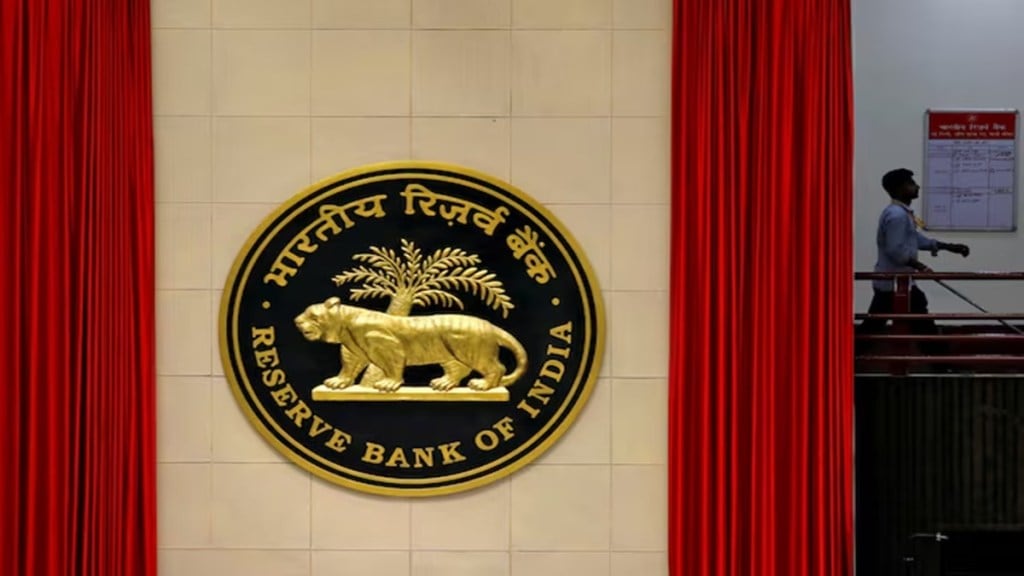The Reserve Bank of India Deputy Governor T Rabi Sankar on Friday said the central bank is looking to expand digital public infrastructure (DPI) to curb fraud in financial transactions. He noted that while fraud per transaction had been declining earlier in the year, it has started rising again since July, possibly due to cyclical factors.
Speaking at the State Bank of India Banking and Economics Conclave, Sankar said work is underway to extend DPI to credit through the unified lending interface (ULI). The RBI also plans to take the benefits of DPI to the cross-border space. “One of the reasons why there is so much effort to develop public infrastructures is to reduce the incidents of fraud. We have to do everything to ensure that transactions do not fail. Having said that, it’s important to realise that there will be some degree of fraud in any system.”
He added that with over 90% success rate in digital infrastructure currently, the RBI hopes to contain the rise in frauds. “We are hoping that with the digital infrastructure that we are creating, and the success that we are seeing, more than 90% at this stage, we will be able to contain that.”
Sankar said banks did not initially foresee the potential of the Unified Payments Interface (UPI), unlike fintech firms. “It was a disadvantage that banks have to bear the cost of regulation, both financially and in terms of the obligation to follow prudential processes. This is probably one reason why banks did not fully appreciate the potential benefits of UPI as keenly as the fintech players did.”
He urged banks to treat fintechs as partners in innovation and to build mutually beneficial and symbiotic strategic partnerships with the ecosystem.
Sankar also said the RBI plans to move cautiously on the central bank digital currency (CBDC), keeping it in the pilot stage for now. CBDC is a digital form of the rupee issued by the central bank.
“We have no doubt that CBDC will virtually change the way many of these payment transactions happen. We are in no hurry to go for a proper launch, but continue with the pilot stage. We have no way of understanding how it is going to affect your financial system and the ability of banks to mobilise deposits and provide credit…. We cannot take the risk of affecting the stability of the system. Therefore, we have to go slow.”
Explaining how CBDC could lower the cost of cross-border remittances, he said it would reduce the settlement capital that banks must provide and streamline the process, thereby lowering related charges. “Above 50% of the cost is on the exchange cost. We are experimenting with some banks. Through that experiment, we can show if it is possible to even reduce that cost.”


